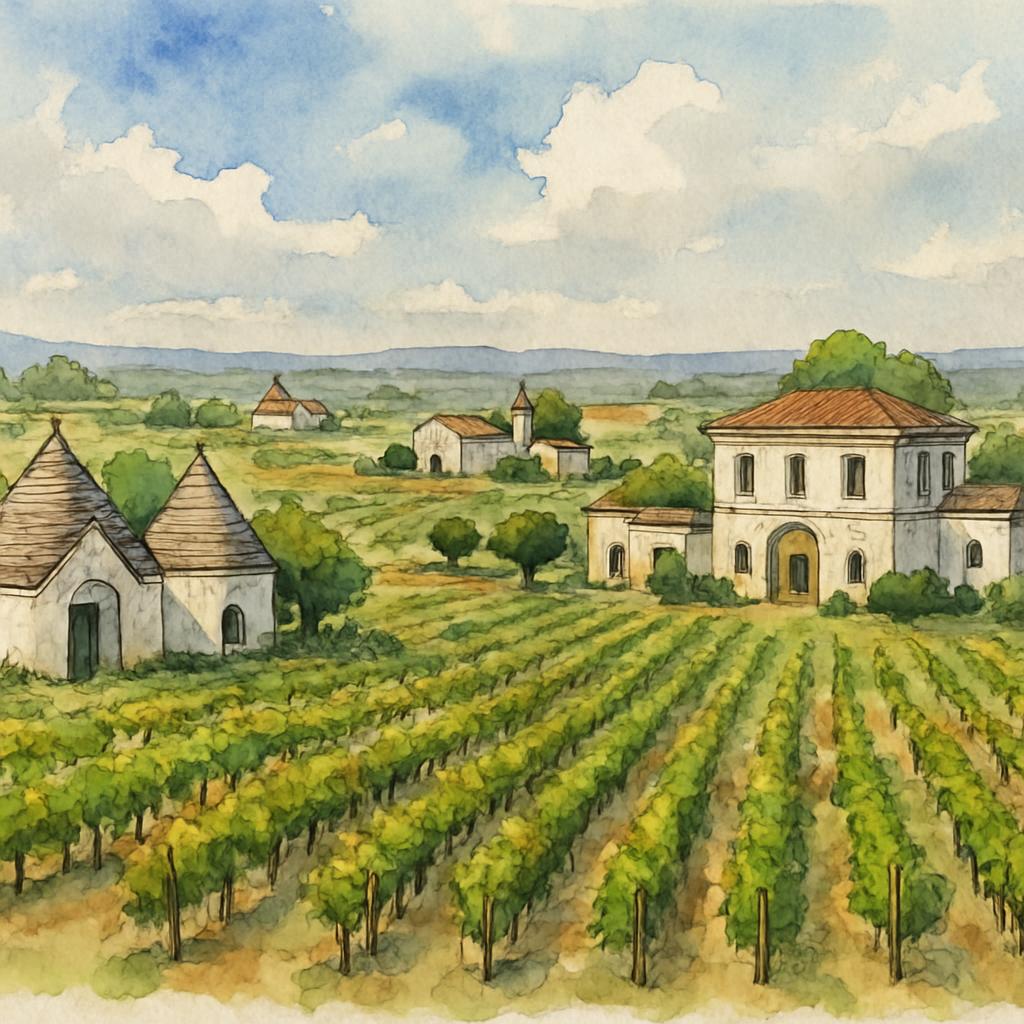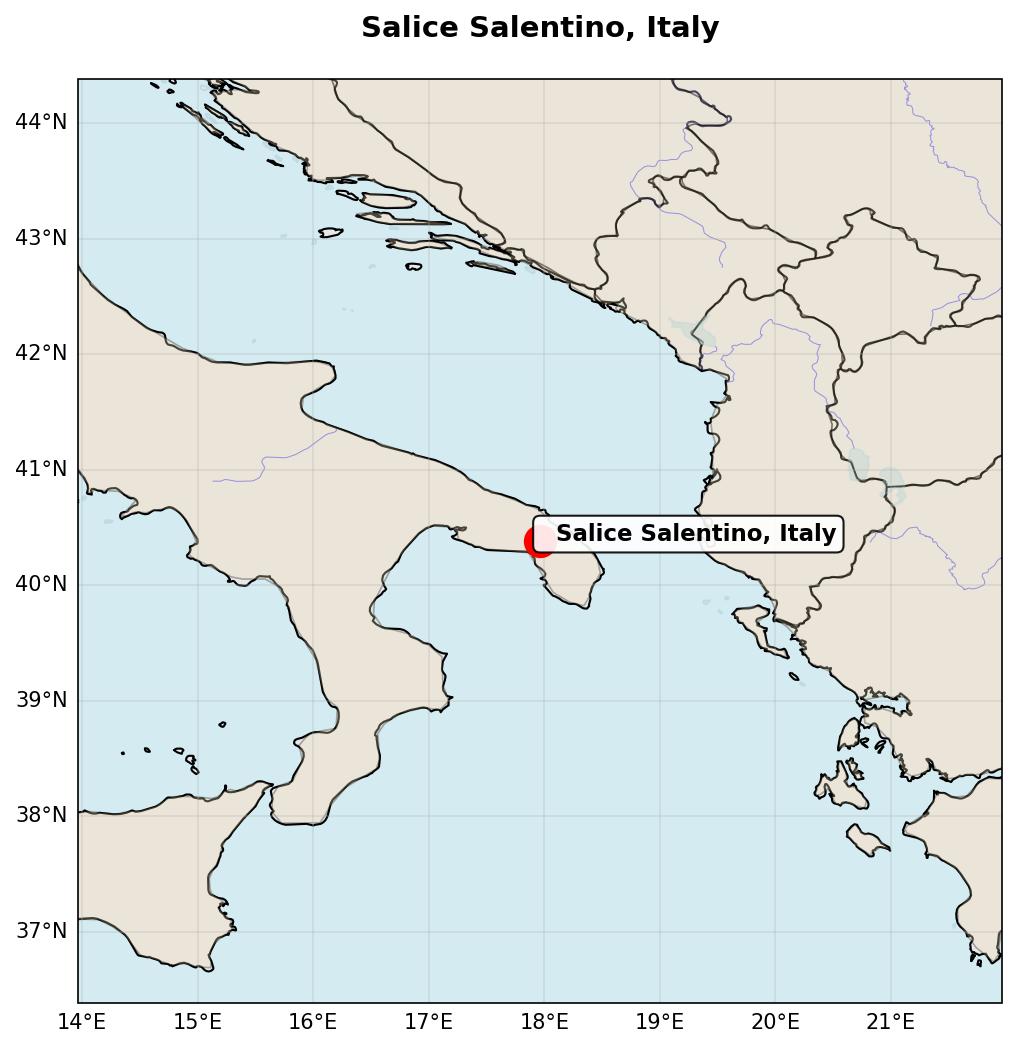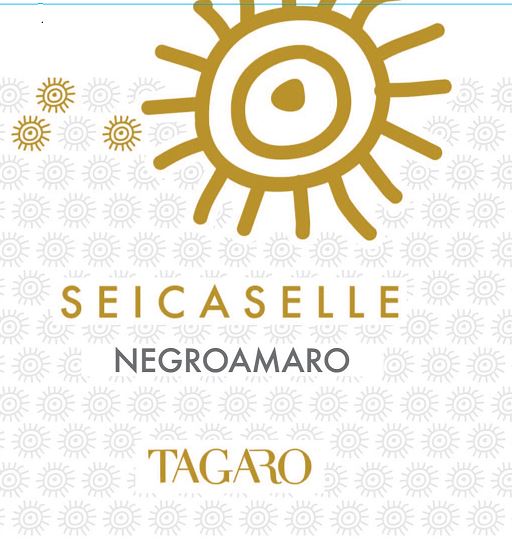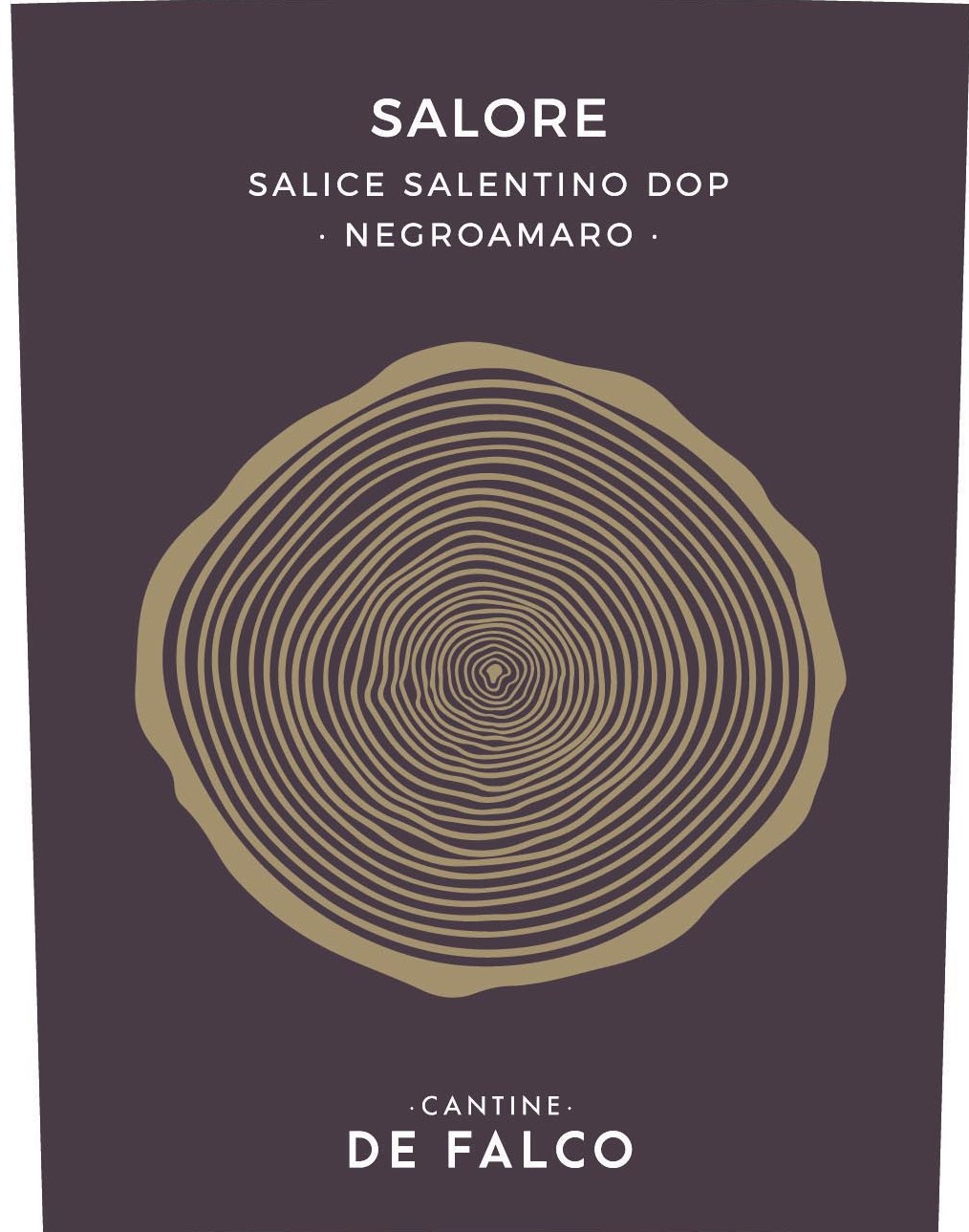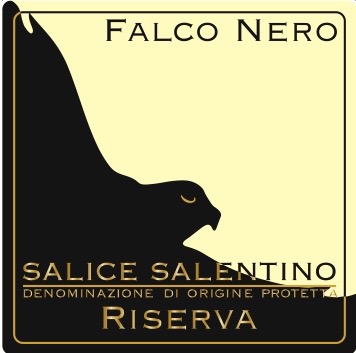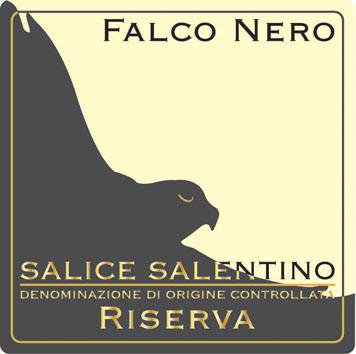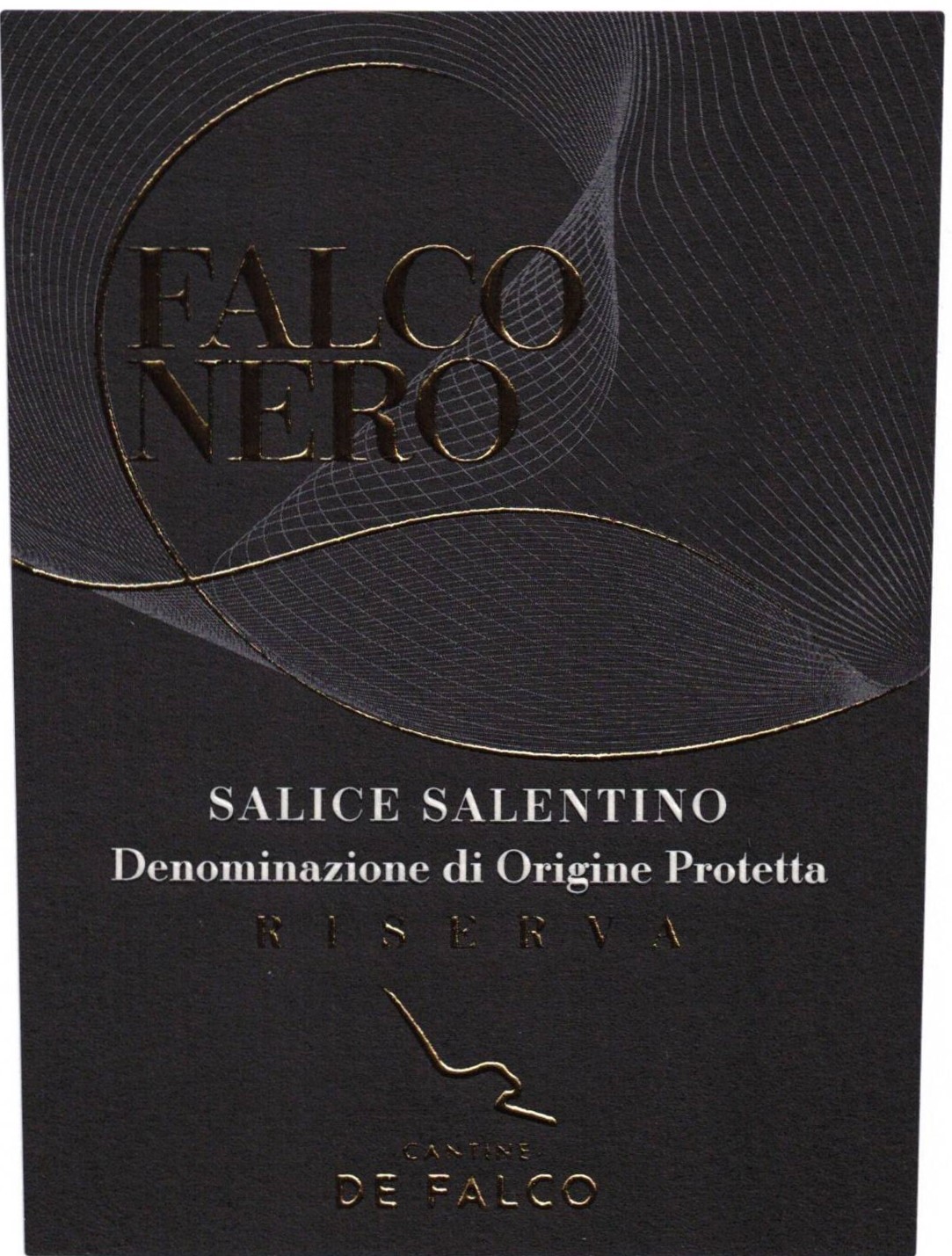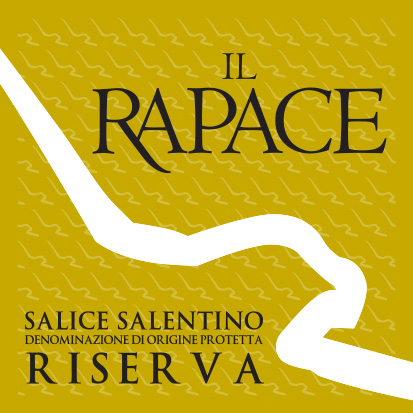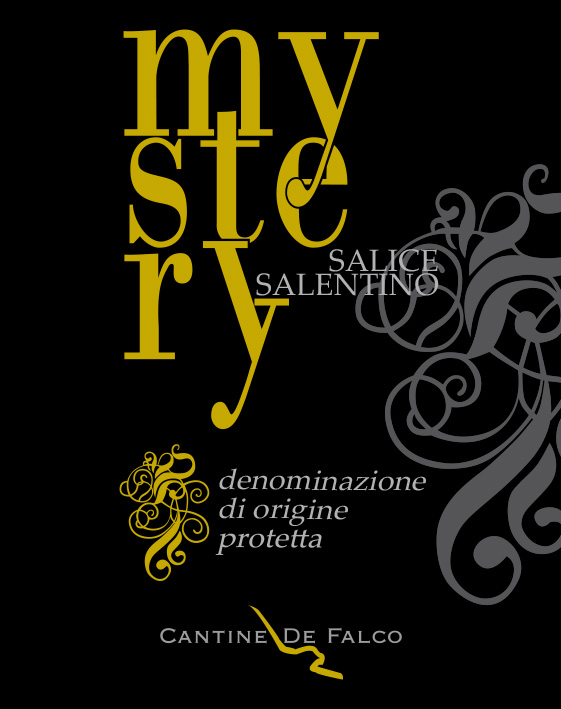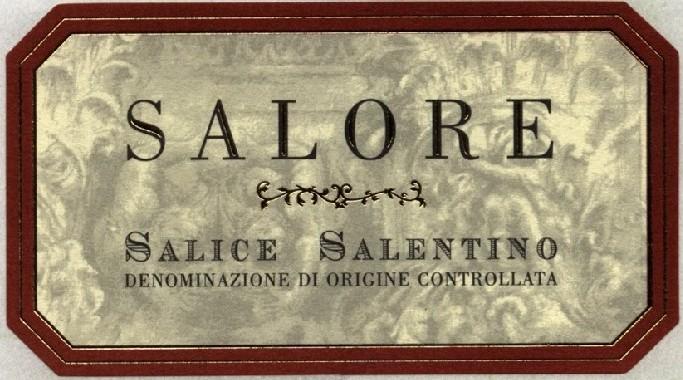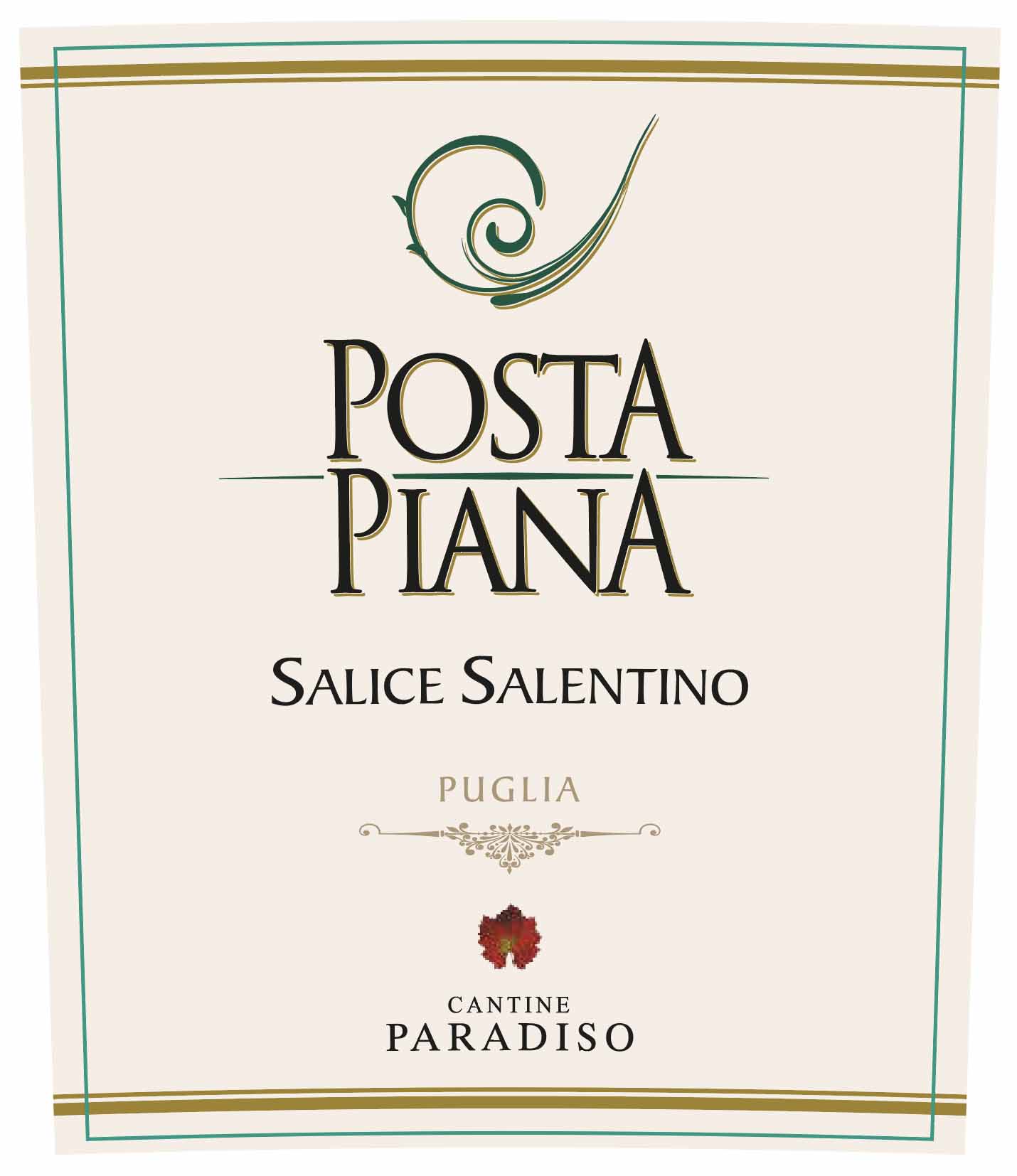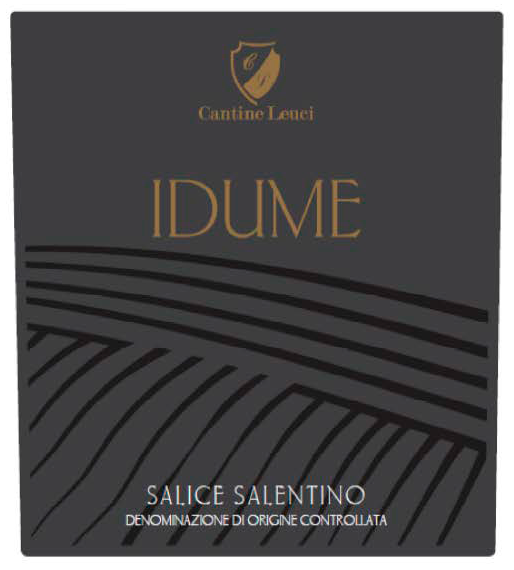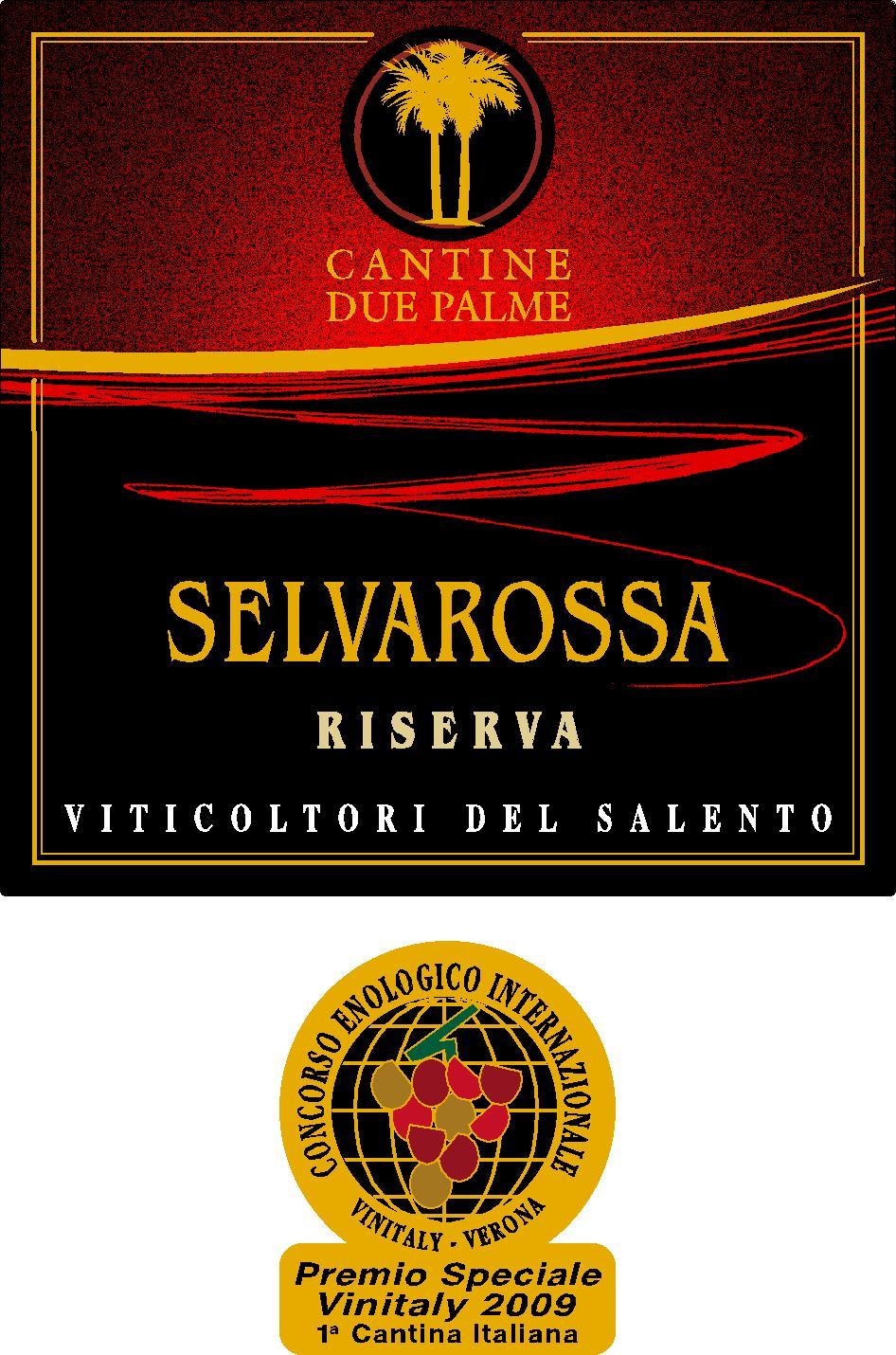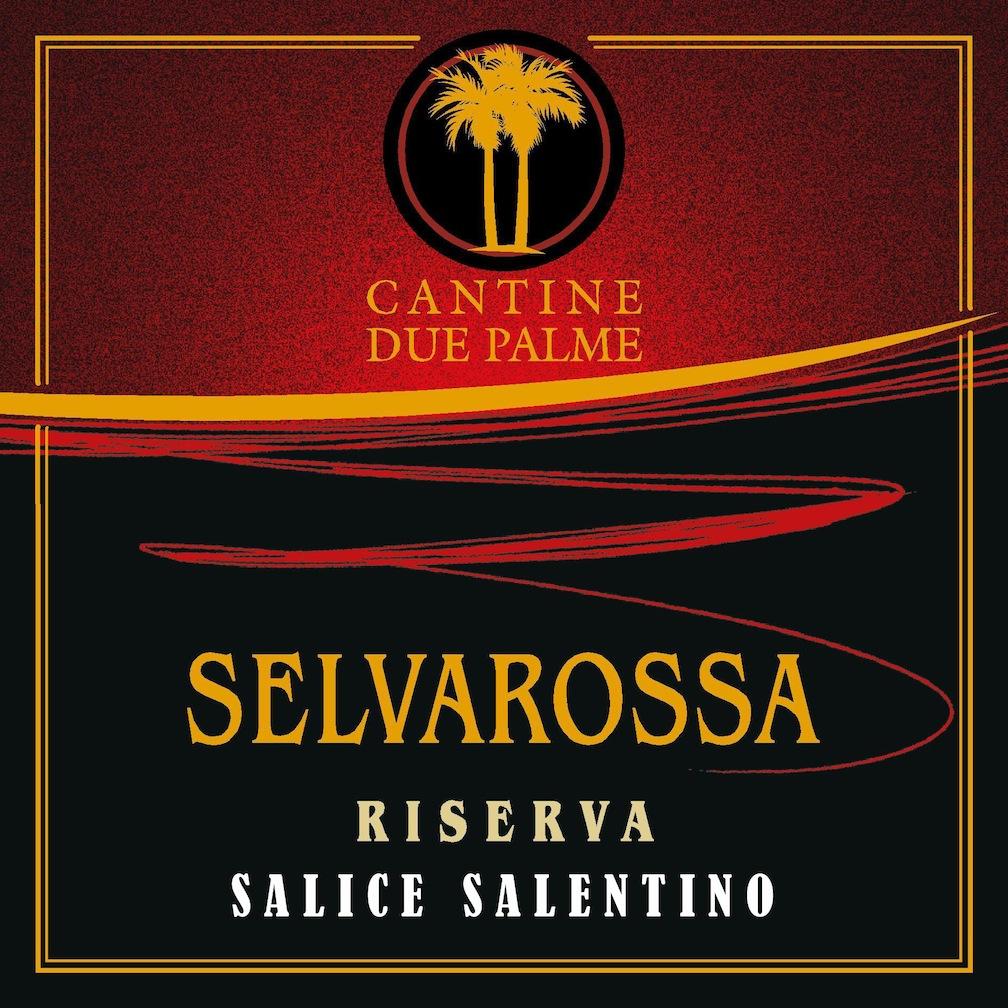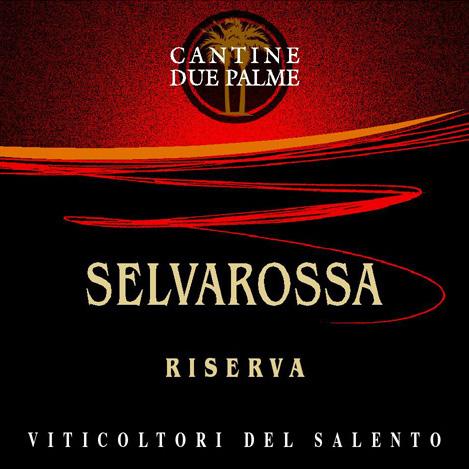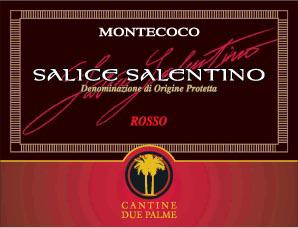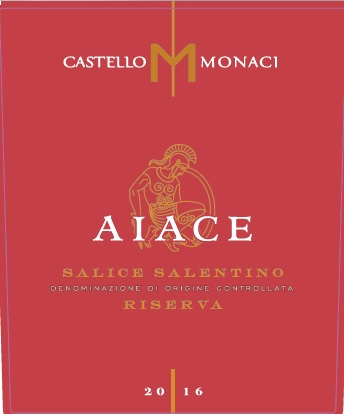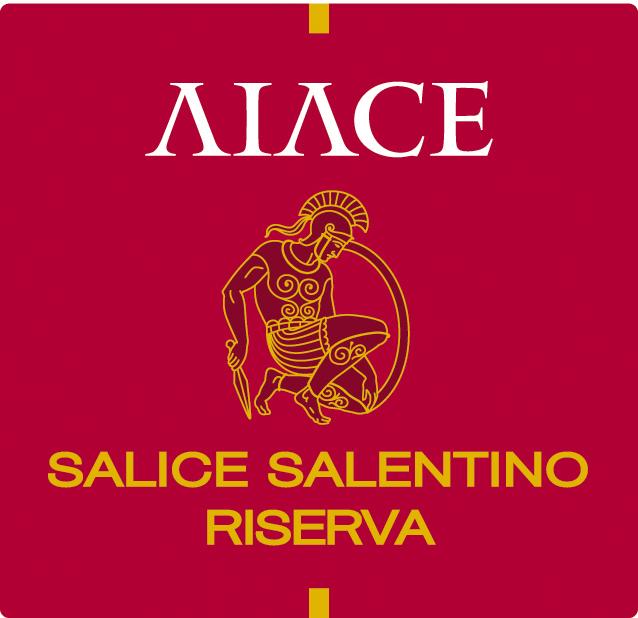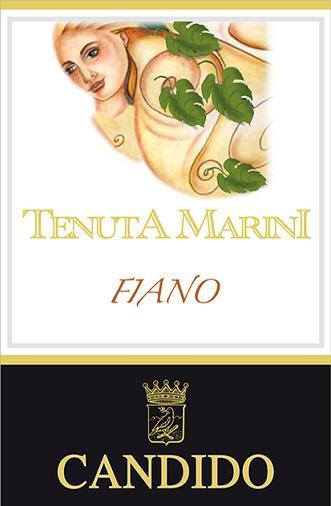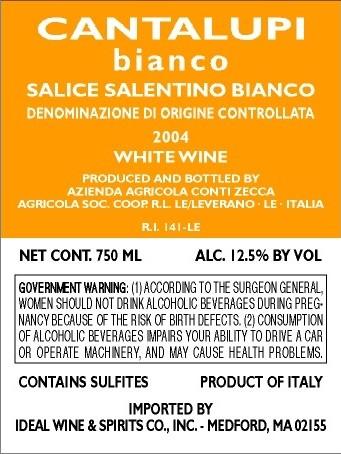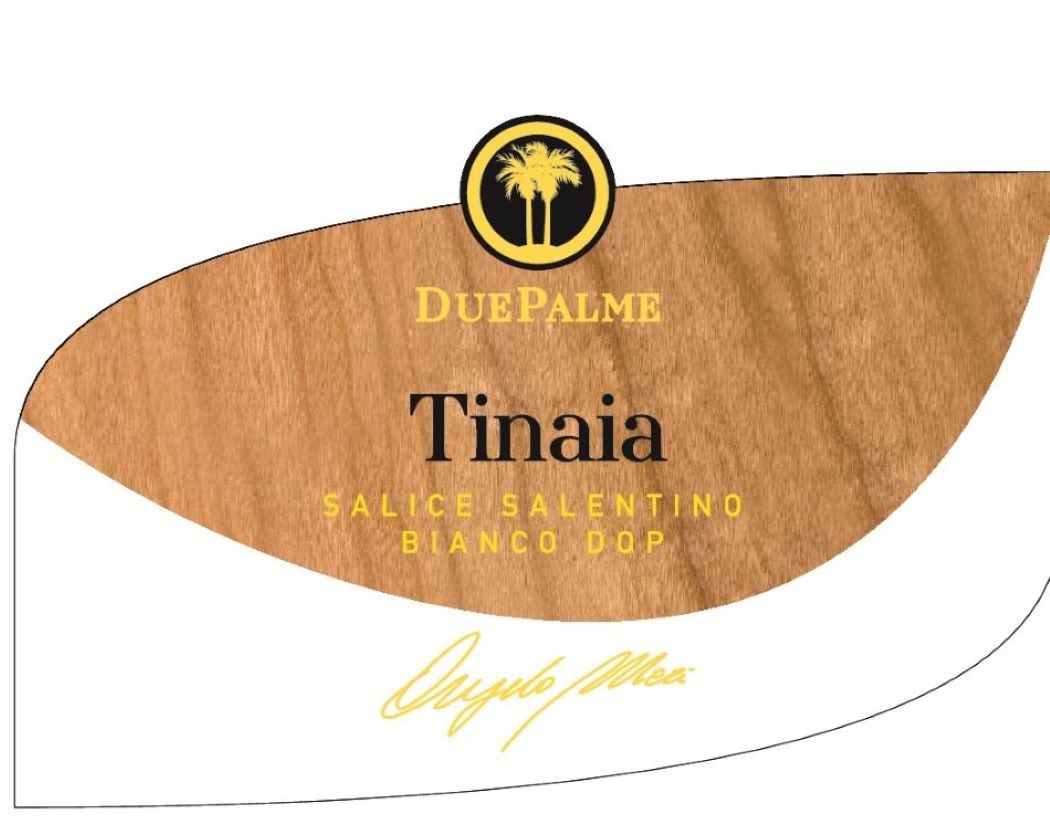Terroir of Salice Salentino
Salice Salentino's landscape features gently rolling hills at low altitudes, from 50 to 200 meters above sea level. The region enjoys a Mediterranean climate with hot, sunny summers and mild winters. During summer, temperatures can reach nearly 40 °C, but cool sea breezes from the Ionian and Adriatic coasts provide relief, allowing the late-ripening Negroamaro grapes to stay fresh.
The soils are mostly calcareous, with limestone, sand, and clay. Terra rossa, a red clay on limestone bedrock, is common, while sandy-clay topsoils appear in some areas. These well-drained soils, along with moisture-retaining clay-limestone areas, help grow strong native red grapes with rich flavors. This perfect mix of climate and soil is ideal for making the region's famous Negroamaro-based wines.
Notable Wineries in Salice Salentino
Salice Salentino, a notable DOC region on Italy’s Salento peninsula, is home to some remarkable wineries steeped in history and innovation:
-
Leone de Castris: A historic family estate known for "Five Roses," Italy's first commercially bottled rosé, and classic Salice Salentino wines.
-
Cantine Due Palme: A significant cooperative in the region producing a large volume of Salice Salentino wines, with a modern visitor center for tastings.
-
Cantele: A family-owned estate from the 1970s, celebrated for its terroir-focused Negroamaro and rosato wines, emphasizing sustainable practices.
-
Cosimo Taurino: A boutique winery famed for its Negroamaro Rosso and Rosato, which gained international acclaim in the 1990s.
Sustainable Winemaking in Salice Salentino
Salice Salentino is embracing sustainability, with many vineyards shifting towards organic and integrated farming. These practices include reducing herbicide use and adopting low-impact soil management to adapt to the hot, dry climate. The region follows Italy’s SQNPI integrated-production standards, which emphasize water conservation and mechanical weed control.
Renewable energy, water recycling, and the use of cover crops and natural fertilizers are becoming common. Such efforts help meet growing market demand for eco-friendly wines. By focusing on these methods, Salice Salentino's winemakers are crafting wines that reflect their unique terroir while ensuring environmental responsibility. This commitment to sustainable practices supports the production of diverse and authentic wines that capture the essence of the region.
Wine Tourism in Salice Salentino
Salice Salentino is an inviting destination for wine tourism, offering diverse experiences amid its picturesque landscape.
Visitors can explore a variety of wineries such as Cantine Due Palme, Cantele, and Cosimo Taurino, known for their Negroamaro-based wines.
The region is rich in culture, featuring attractions like Castello Monaci, a historic castle offering vineyard tours and tastings. Guagnano houses a small museum dedicated to the native Negroamaro grape.
Additionally, the proximity to Lecce provides an opportunity to admire stunning baroque architecture.
Seasonal events, such as open-cellar days and grape harvest festivals, offer immersive experiences.
Culinary pairings highlight local dishes like orecchiette with rapini, perfectly matched with the region's wines.
The nearby Ionian coast enhances the appeal of Salice Salentino, allowing for a blend of beach visits and cycling tours through its flat, vineyard-lined roads.
